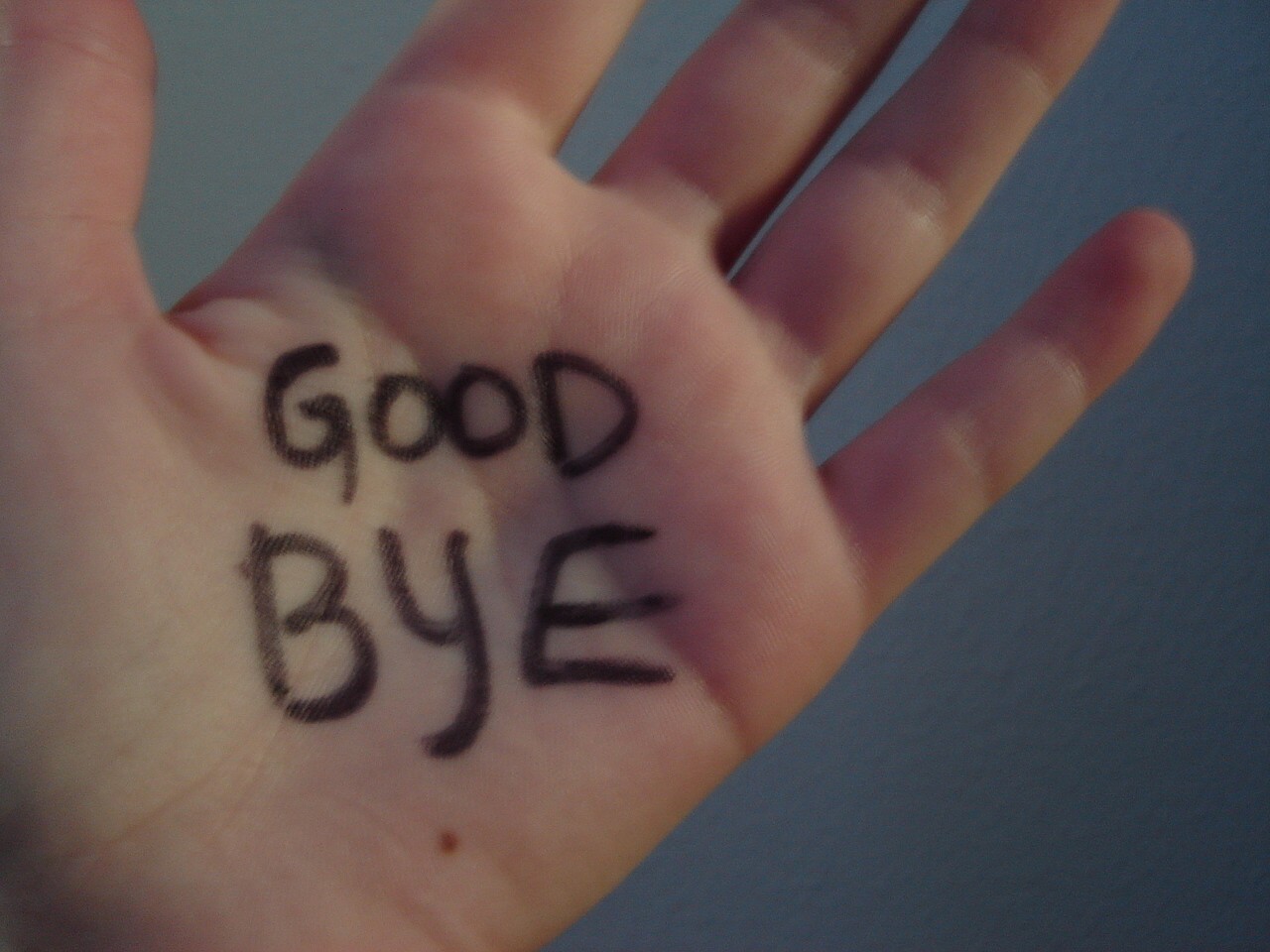How to close a letter in Swedish.
More of a dilemma than you'd think at first glance.
-
 Good-bye—the hardest word? When it comes to properly saying good-bye in professional correspondence, what does one write?
Good-bye—the hardest word? When it comes to properly saying good-bye in professional correspondence, what does one write? -
-
It’s a dilemma Swedes face on a daily basis: How to finish off a job mail. That final word of greeting, which may upset or offend or, if chosen correctly, create important relations. Swedish daily Svenska Dagbladet recently took a look at the three ways to say good-bye.
-
Let’s take a look at the first one, also known the correct and standardized way of ending a mail: “Vänliga hälsningar” or “Med vänlig hälsning” (the Swedish version of “Sincerely” or “Cordially”). But this doesn’t work everywhere. It may make you look boring or indifferent. And don’t even think about using the abbreviation “Mvh”. That may be seen as too impersonal.
Next up is the somewhat warmer way of saying good-bye, and many want a more personal farewell. These are some samples: “Varma hälsningar”, “Bästa hälsningar” (“Warm greetings” and “Best greetings”). There’s also “Ha det fint”, a bit difficult to translate to English, which is fine. “Have a great day” is deemed insincere. One business woman states that she uses “Varma hälsningar” only on rare occasions, and to people she knows. “Or it becomes too treacly.”
And lastly, when your farewell greeting becomes your signature. Angeles Bermudez-Svankvist, director-general at Arbetsförmedlingen (the Swedish Public Employment Service), uses “Management by love”. Huh? Another person uses the expression “Med sol” (With Sun). How does one reply to that? “With a grayish darkness over Central Station”?
What about a cryptical greeting? Someone sent a message ending with a “GMY”, which is short for Gott Mit You (God With You), a mixed German-English phrase which is said to originate as a greeting phrase between German and Allied submarines. The answer to “GMY” is “MYA” (Mit You Auch). -
-
